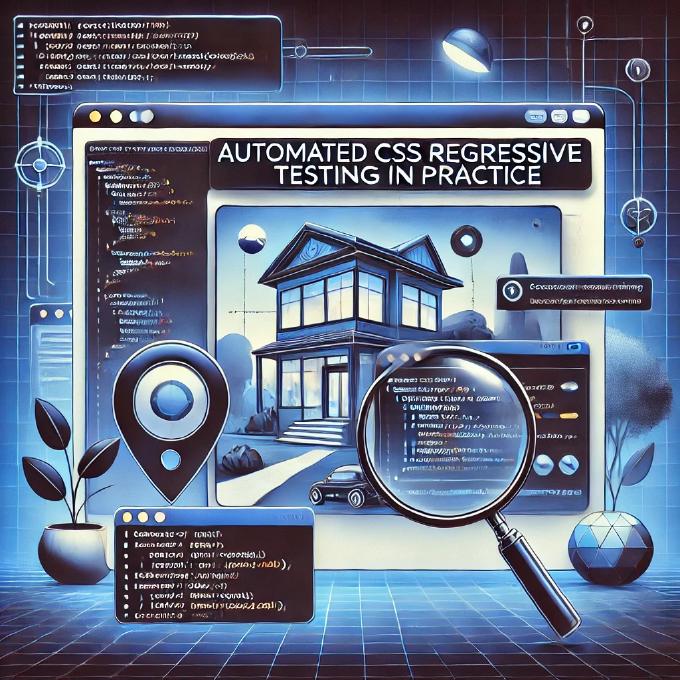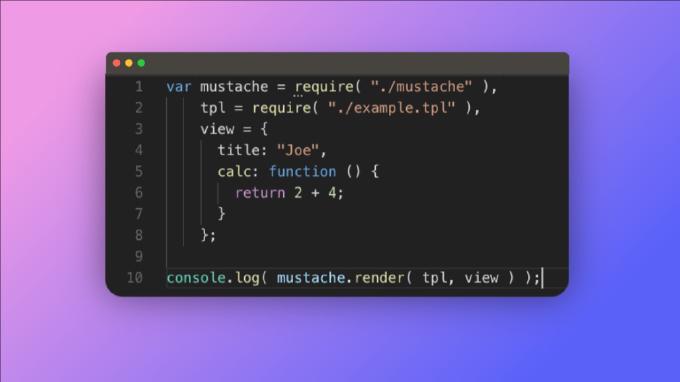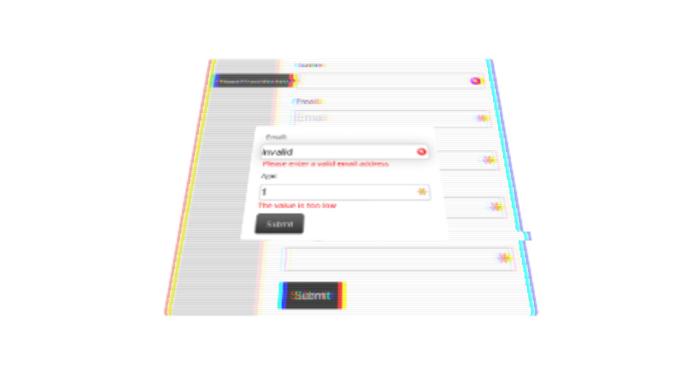Automated CSS Regression Testing in Action: A Developer’s Guide

We write unit-tests tests for server-side source code and for JavaScript. Even when putting aside benefits of TDD approach it gives us a priceless thing – early problem reporting during refactoring. So you make change, you run tests and you will know at once if anything broke. What about CSS? You encapsulate a declaration set into a separate rule, look through the site pages where dependent classes used and satisfied proceed with refactoring.











